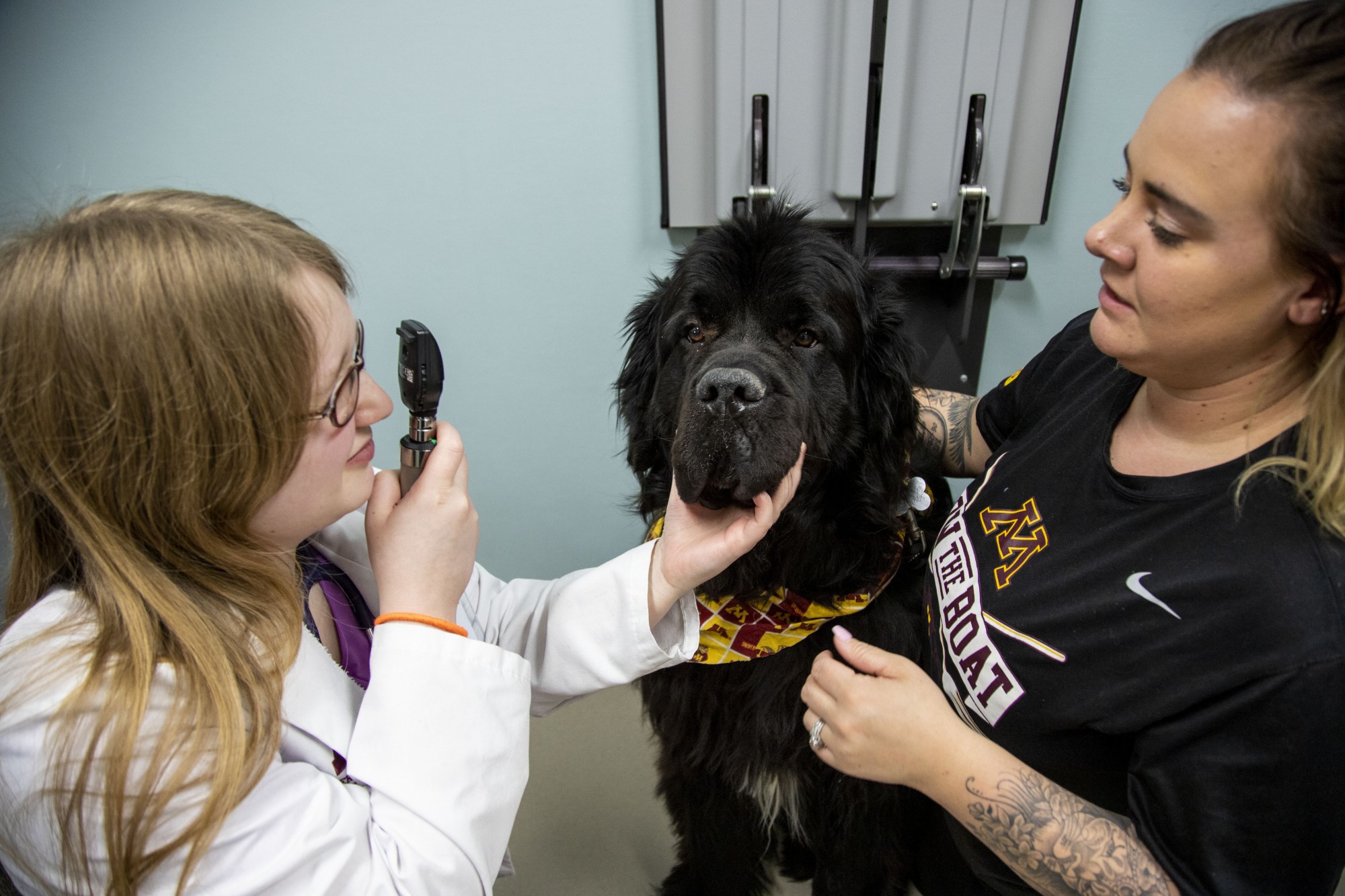A new University of Minnesota degree will focus on rural veterinary practices to address the shortage of veterinarians in the Greater Midwest.
The program, which is a collaboration with South Dakota State University, was officially announced this month. Beginning in August 2021, students will study for two years at South Dakota State followed by two years at the University of Minnesota. Upon completion, students will gain a doctorate degree in veterinary medicine, with a primary focus on a mixed animal practice. Students from any university can apply to the program.
“We are really teaching a countryside practice, at the edge of both city and country. Within a mixed animal practice, veterinarians can look at anything from baby goats, horses or cows, to cats and dogs,” said Gary Gackstetter, director of South Dakota State’s Professional Program in Veterinary Medicine. “[Rural vets] look at the full spectrum and need to be able to do lots of things.”
Program creators built on past initiatives designed to address the lack of rural veterinarians in the area, in hopes that graduates will find employment within the local farming industry, said Laura Molgaard, interim dean of the University’s College of Veterinary Medicine.
“Undergraduates who want to serve a rural community after graduation are often from rural communities. We put them through a tailored admissions process. They are asked to display interest and stay in the program, and by doing that we’re able to keep young people in the pipeline,” Molgaard said.
The need for veterinarians in the Greater Midwest region is due to a number of factors, Gackstetter said.
“In general, I don’t think people are as comfortable with this practice. You have to give up comfort and freedom to be a good animal practitioner. You don’t get paid as much, and there isn’t the same economic incentive as there is to work in a clinic,” Gackstetter said.
The need for more rural veterinarians in the Midwest can also be linked to the disperse geographical locations of farms across the area, said Alan Sletten, a rural veterinarian from Fergus Falls.
“[As a rural veterinarian] there has to be a wealth of knowledge and you have to be able to do everything. I see a shortage of veterinarians in the rural country, especially as bigger farms are being developed. Vets have to travel further and further, so that’s where we need them,” Sletten said.
Although veterinary medicine doctorate programs already exist within both universities, the new program will provide experience in both South Dakota and Minnesota, as the two areas have different veterinary needs.
“South Dakota has the Great Plains and with that we see an animal mix of cows, calves and bison. In Minnesota we see more of a companion animal mix of horses, cats and dogs,” Gackstetter said.
With the creation of the program, leaders and creators said they hope to see an increase in graduates fulfilling the need for rural veterinarians across the country.
“We think we could serve rural areas in Minnesota, South Dakota, North Dakota and Wyoming,” Gackstetter said. “We can benefit lots and lots of rural locations.”








